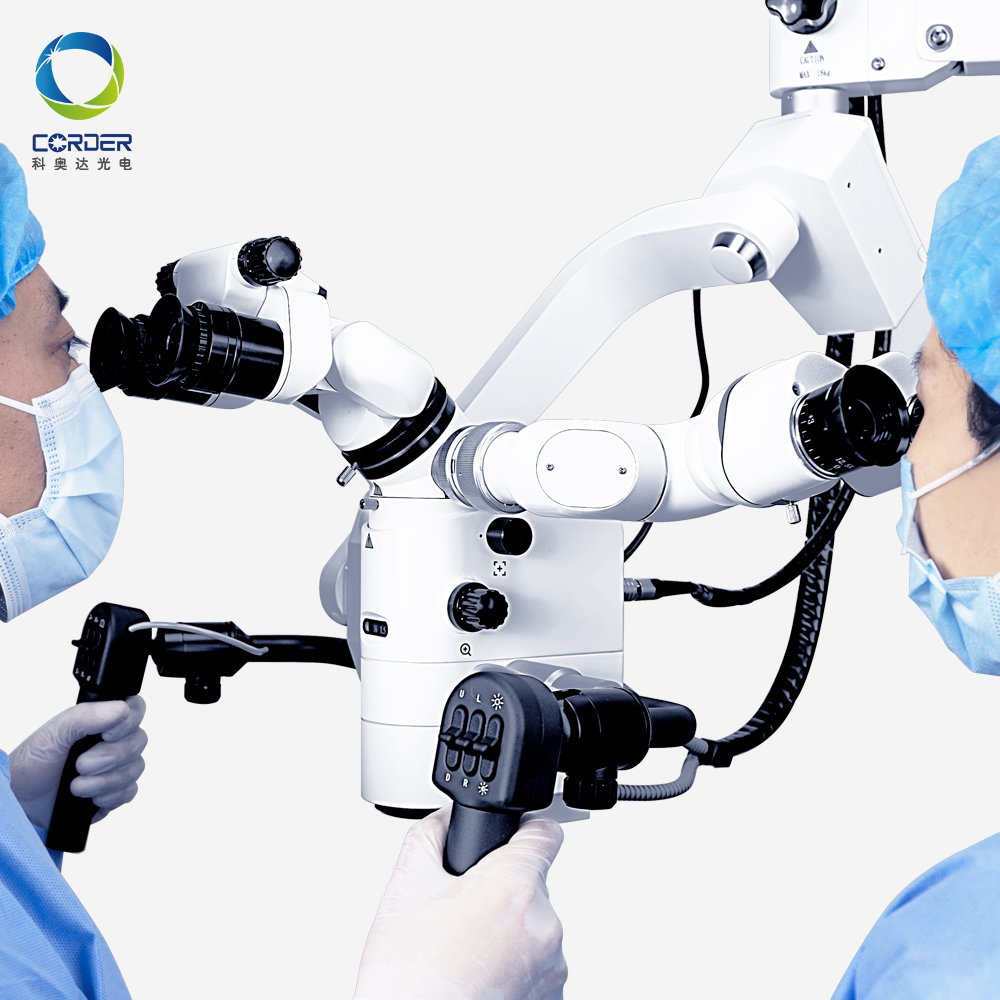Daily maintenance of surgical microscope
In microsurgery, a surgical microscope is an indispensable and important equipment. It not only improves the accuracy of surgery, but also provides surgeons with a clearer field of view, helping them perform fine operations under complex surgical conditions. However, the performance and lifespan of Operating microscopes are closely related to their daily maintenance. So if you want to extend the lifespan of a Medical surgical microscope, you need to have a thorough understanding of its structure in order to perform better daily maintenance, troubleshooting, and professional repairs.
Firstly, understanding the structure of a Operating microscope is the foundation for effective maintenance. Surgical microscopes usually consist of three parts: optical system, mechanical system, and electronic system. The optical system includes lenses, light sources, and imaging equipment, responsible for providing clear images; The mechanical system includes brackets, joints, and moving devices to ensure the stability and flexibility of the medical operating microscope; The electronic system involves image processing and display functions, enhancing the visualization effect of surgery. The normal operation of each part relies on meticulous design and manufacturing, therefore, comprehensive attention must be paid to each system during the maintenance process.
Secondly, the maintenance of Medical microscopes is crucial for ensuring surgical safety and effectiveness. The cleaning and maintenance of surgical microscopes can not only prolong their service life, but also avoid surgical risks caused by equipment failures. For example, if the lens of an optical system is contaminated with dust or dirt, it can affect the clarity of the image, thereby affecting the doctor's judgment and operation. Therefore, regular cleaning and inspection of the operating microscope can effectively reduce unexpected situations during surgery, improve patient safety and surgical success rate.
In terms of daily maintenance, hospitals should develop detailed care plans. Firstly, the operator should clean the Surgical microscope after each use. When cleaning, specialized cleaning tools and solutions should be used, and cleaning agents with overly strong chemical components should be avoided to prevent damage to optical components. Secondly, regularly inspect the mechanical parts of the Operating room microscope to ensure the flexibility and stability of each joint and bracket, and avoid operational inconvenience caused by wear and tear. In addition, the inspection of electronic systems cannot be ignored, and software and firmware are regularly updated to ensure that the image processing capability of the microscope is always in the best state.
During use, if any abnormal conditions are found in the surgical microscope, such as blurred images, mechanical lag, or electronic malfunctions, it is necessary to conduct timely troubleshooting. The operator should first check whether the light source is normal, whether the lens is clean, and whether there are any foreign objects stuck in the mechanical parts. After a comprehensive investigation of the surgical microscope, if the problem still exists, professional maintenance personnel should be promptly contacted for in-depth inspection and repair. Through timely troubleshooting, small problems can be effectively prevented from escalating into major malfunctions, ensuring the smooth progress of surgery.
Finally, professional maintenance services are an important component of surgical microscope care. Hospitals should establish long-term cooperative relationships with surgical microscope manufacturers or professional maintenance companies, and regularly carry out professional maintenance and upkeep. This not only includes comprehensive inspection and cleaning of equipment, but also training of technical personnel to improve their ability to use and maintain microscopes. Through professional maintenance services, it can be ensured that the surgical microscope is always in the best working condition, providing reliable support for microsurgery.
In the field of microsurgery, only with good equipment support can surgeons better provide high-quality medical services to patients. The maintenance of surgical microscopes is an important aspect that cannot be ignored in microsurgery. By understanding the structure of surgical microscopes, emphasizing the importance of maintenance, developing daily maintenance plans, conducting timely troubleshooting, and relying on professional maintenance services, hospitals can effectively extend the service life of surgical microscopes, improve the safety and success rate of surgeries.

Post time: Nov-11-2024







